Graphic
Alt Group 159 Greer Twiss Puppeteer
-
Pou Auaha / Creative Director
Dean Poole
-
Ringatoi Matua / Design Director
Giordano Zatta
-
Ngā Kaimahi / Team Members
Dean Poole, Greer Twiss, Giordano Zatta, Mike Barrett, Mike Amundsen -
Kaitautoko / Contributors
Toby Twiss, Toaki Okano -
Client
Greer Twiss
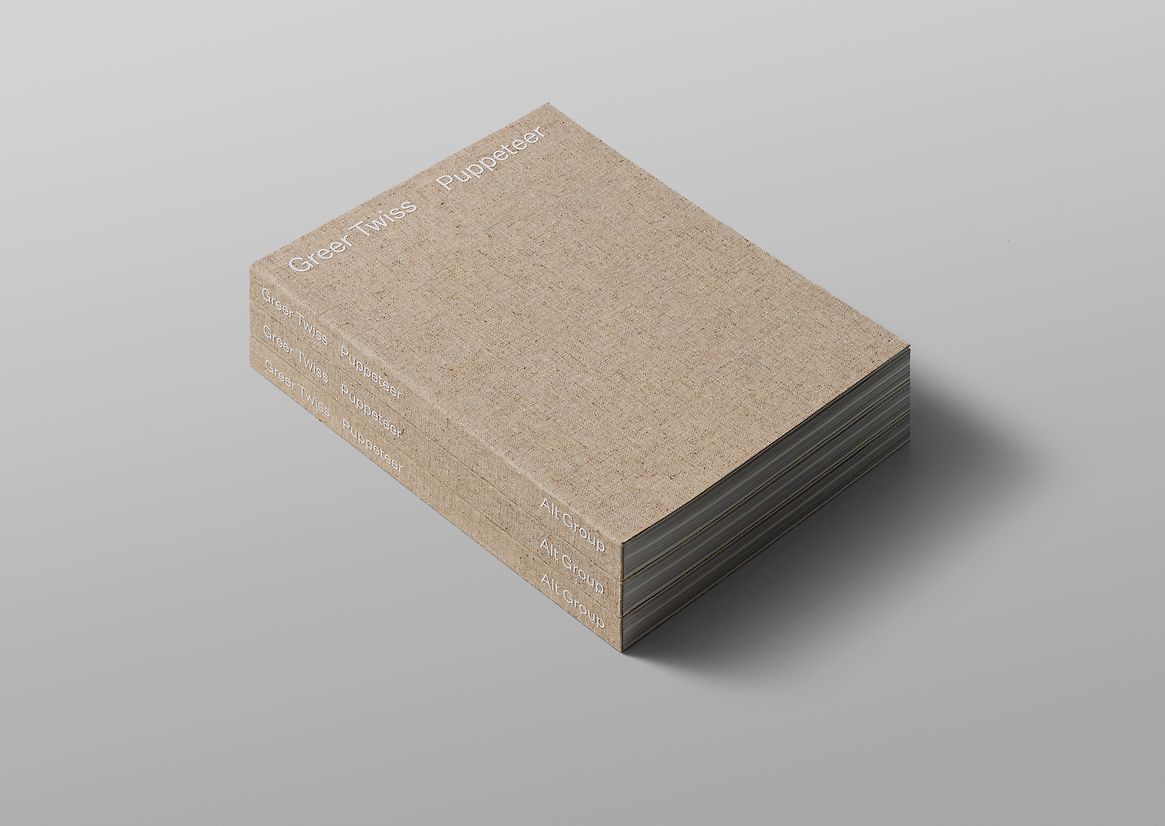
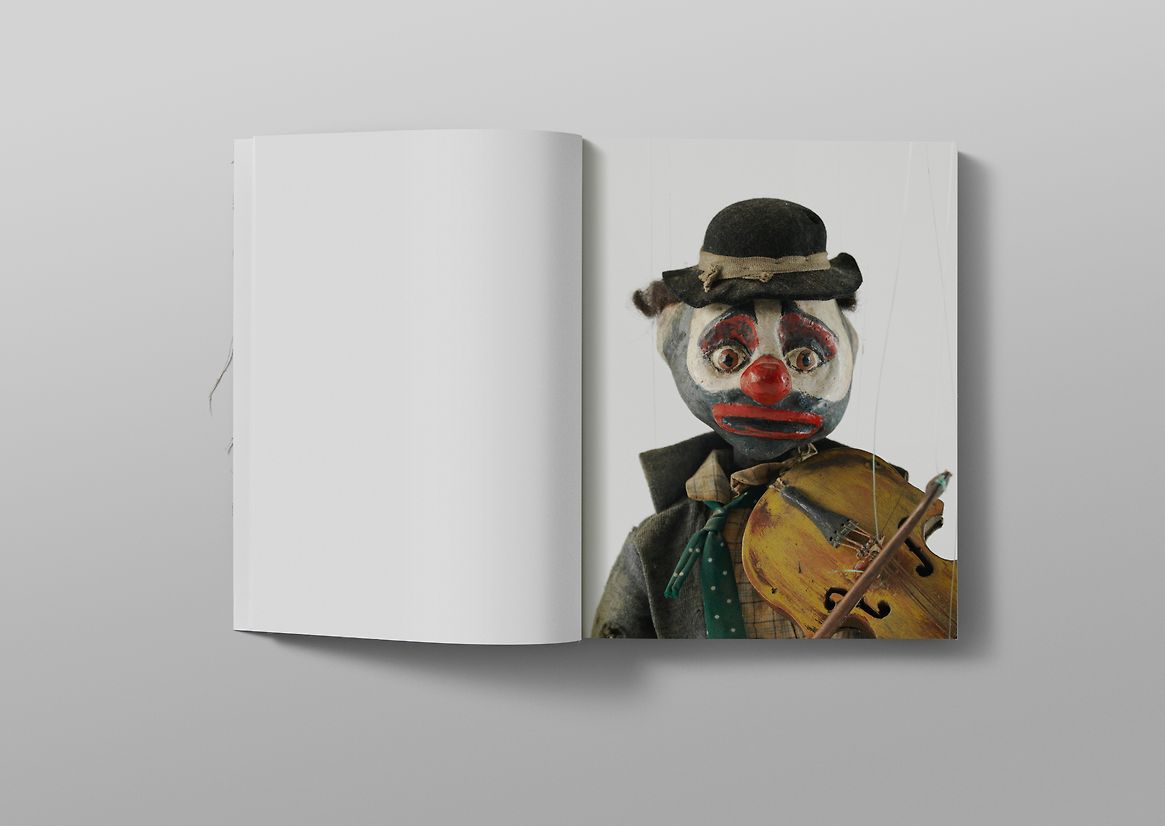
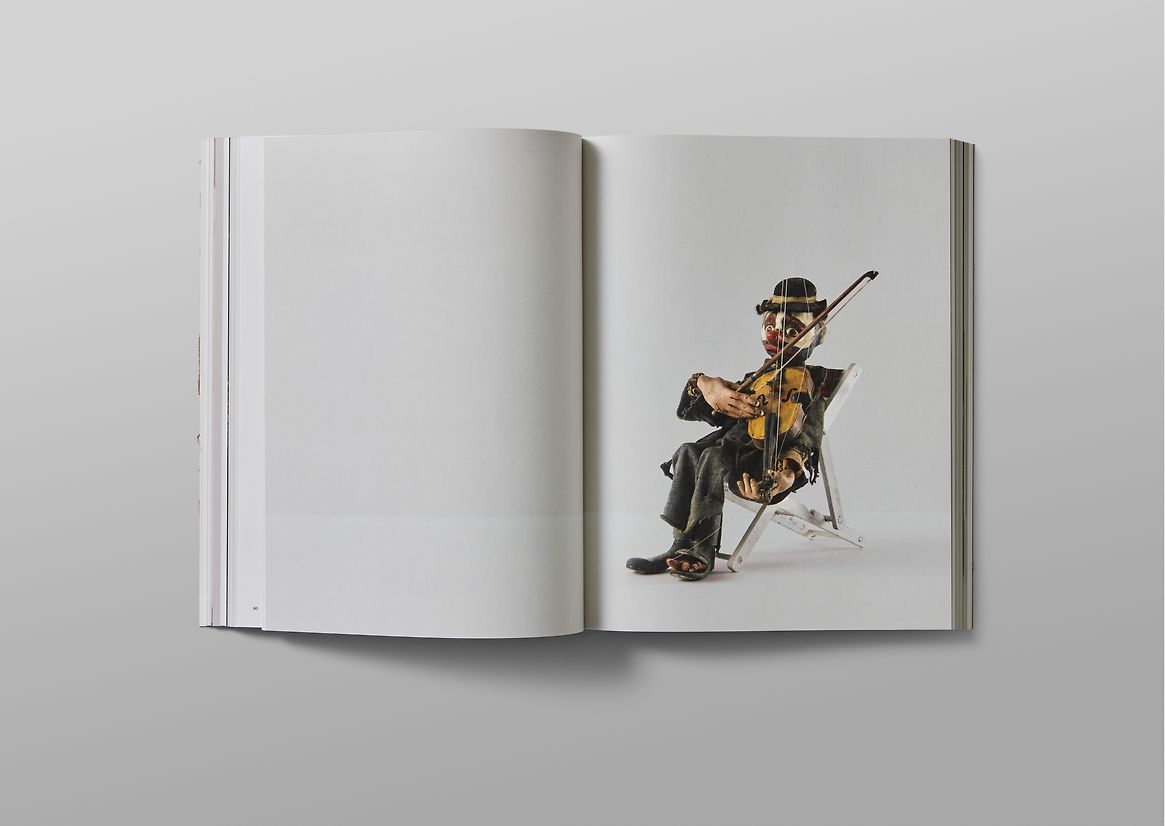
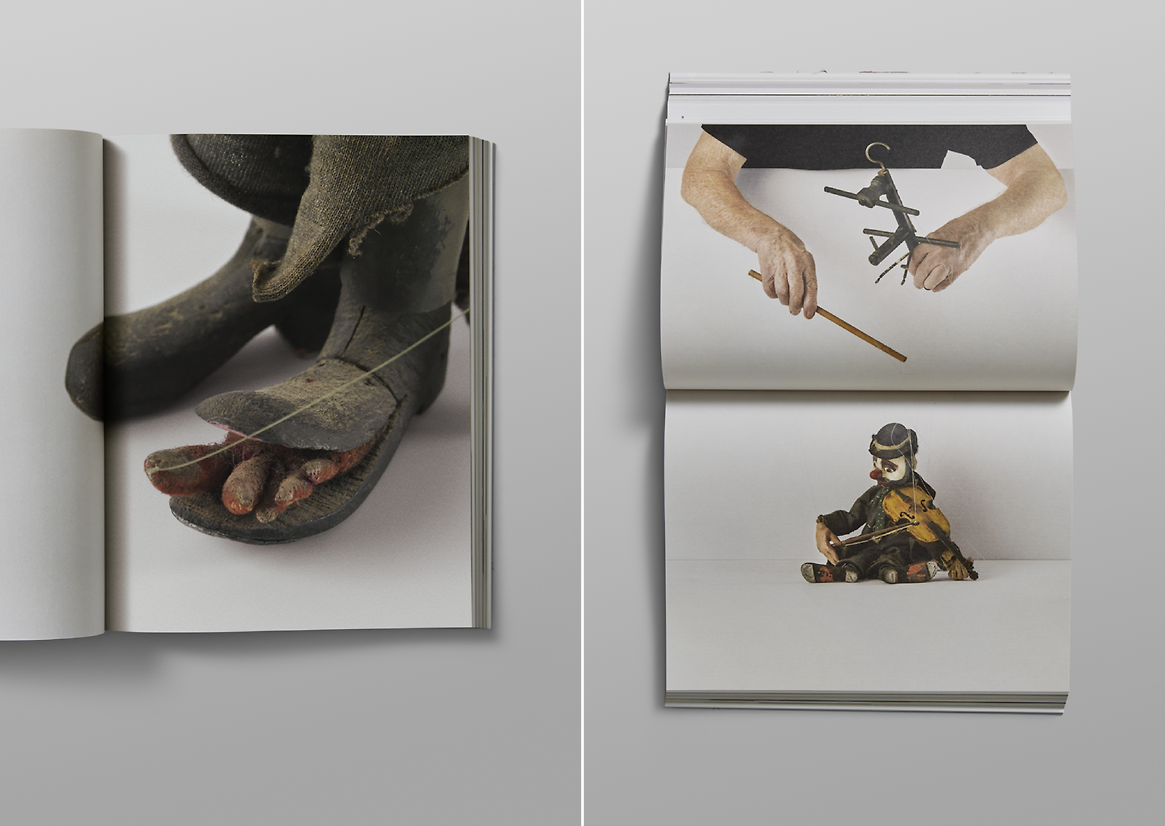
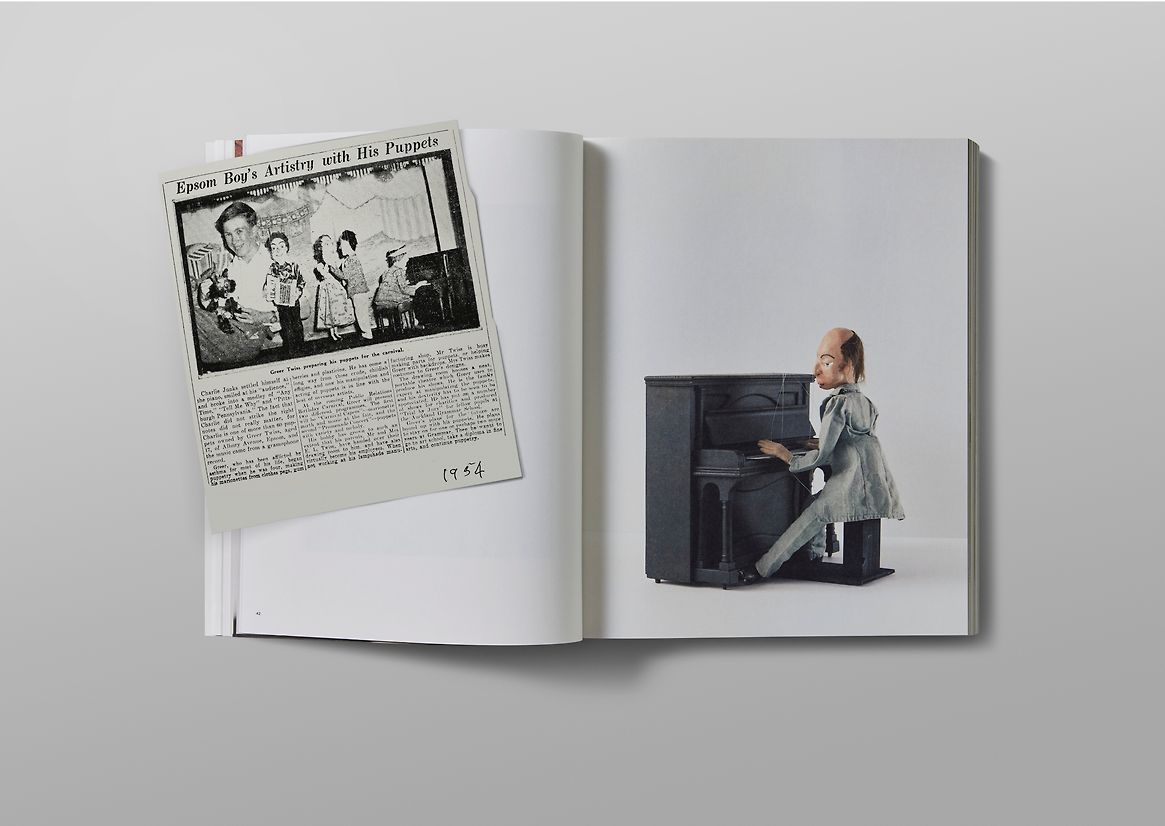
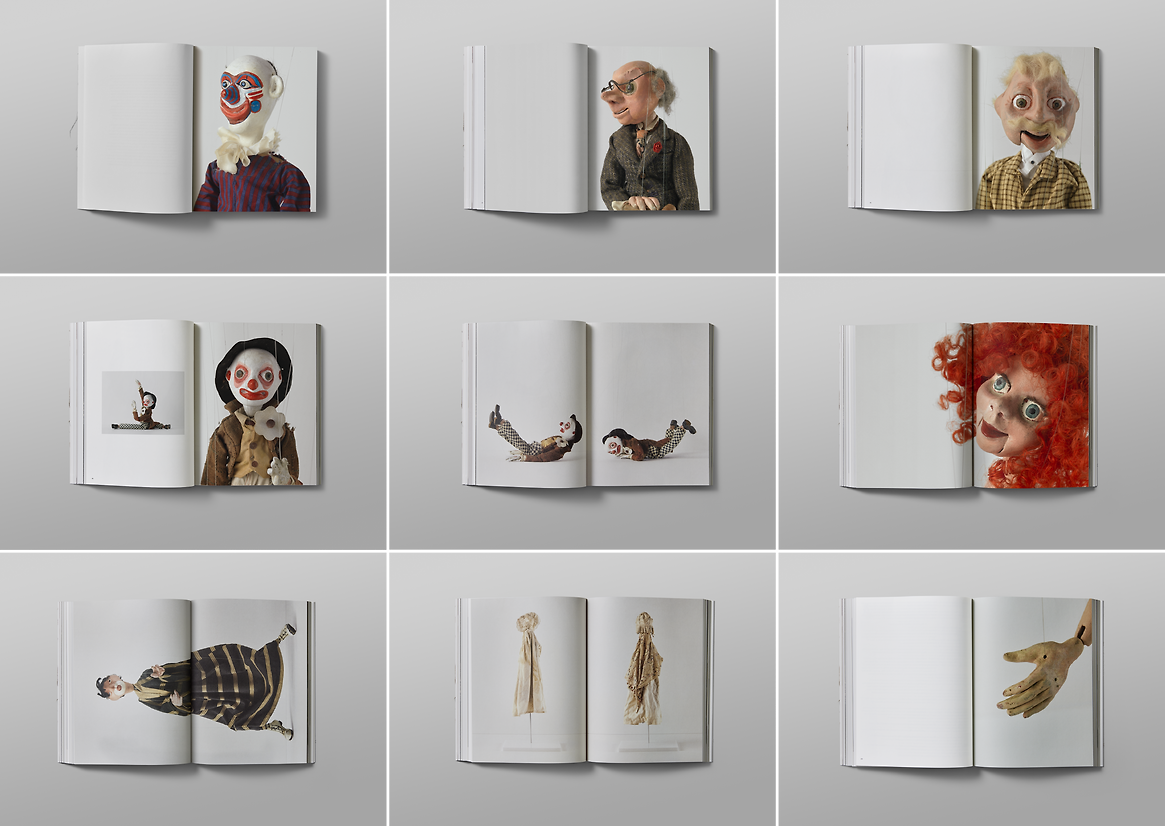
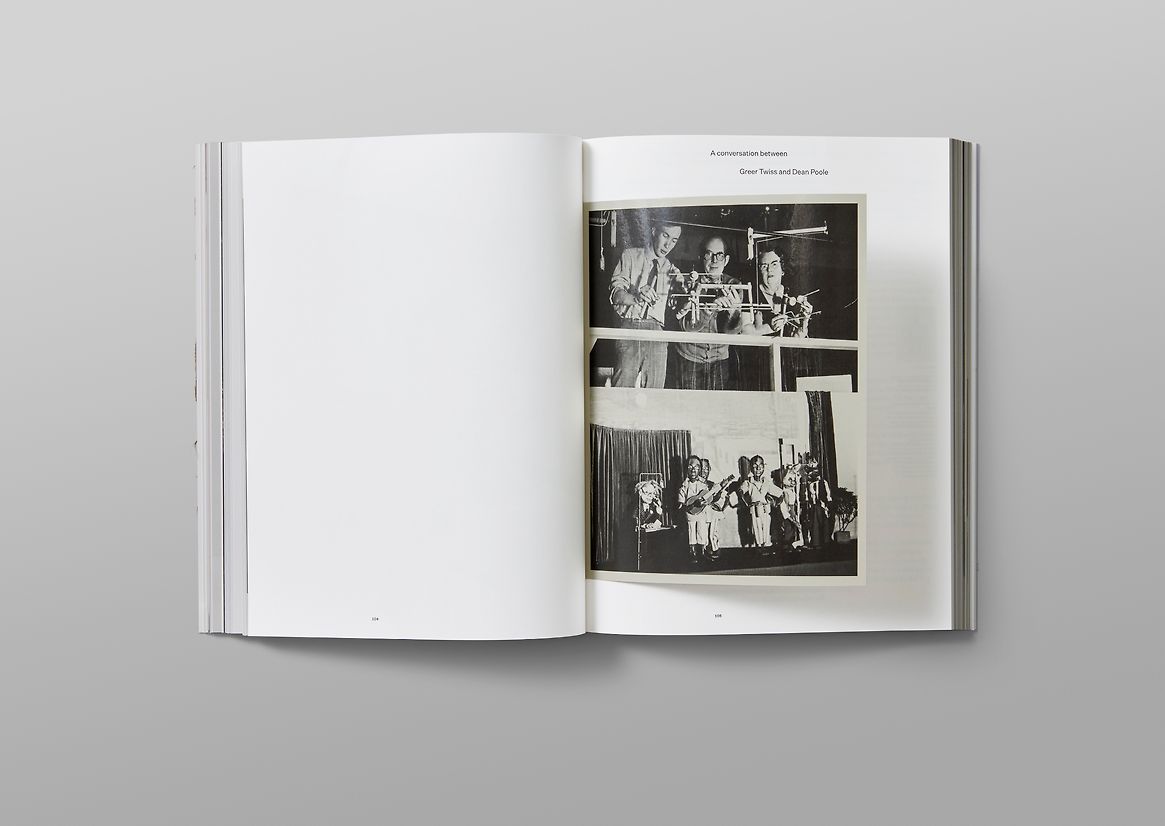
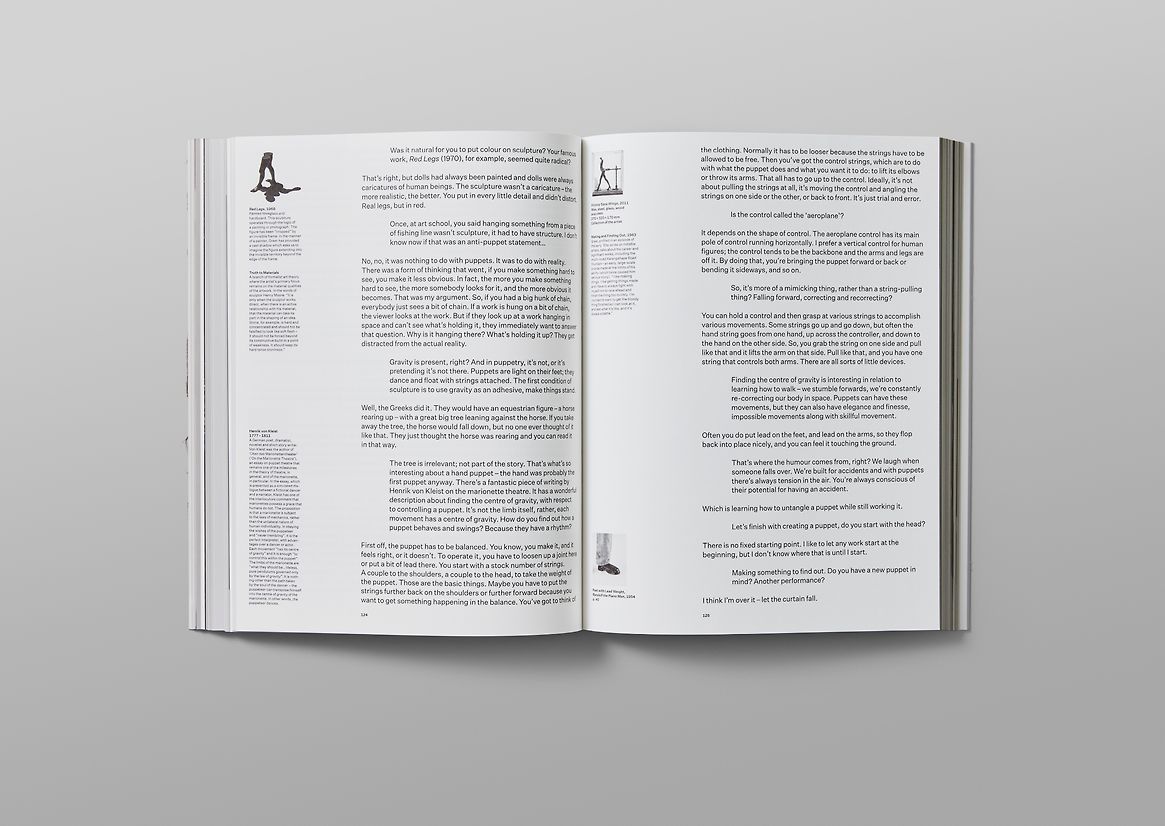
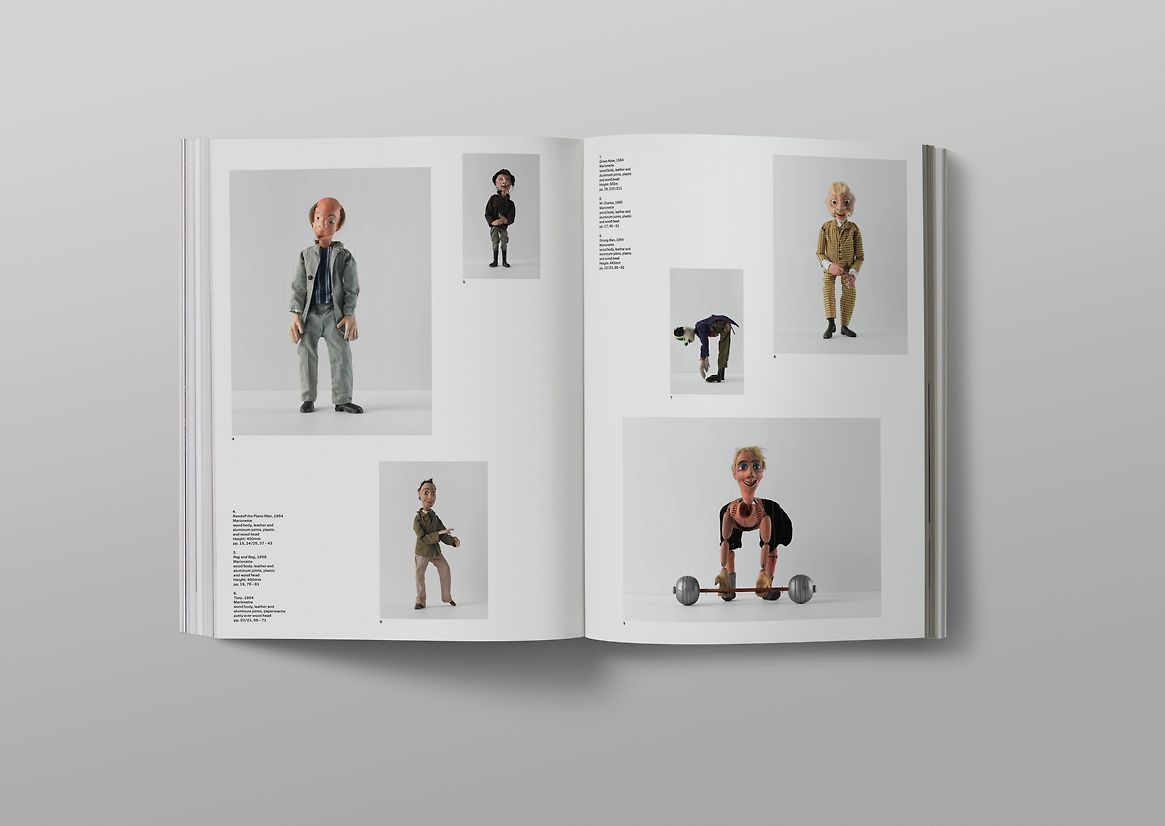

Description:
Greer Twiss is one of Aotearoa New Zealand’s longest working and producing postwar sculptors—and one of its most prominent and respected teachers. During his career, Greer exhibited extensively and his sculptures are found in all major public and many private collections in New Zealand. In 2002, he received a New Zealander Order of Merit (ONZM) for Sculpture, and in 2011 he was recognised as an Arts Foundation of New Zealand Icon and as such one of New Zealand’s most significant artists.
While Greer’s contribution to New Zealand art is well documented, little known and previously undocumented is Greer’s life-long interest in marionette puppets. This project to document Greer’s extensive archive of marionette’s was also an opportunity to sit down with him to discuss his early years, his fascination with puppetry—a practice with established artworld antecedents—and whether this practice intersected with his career in sculpture.
Born in 1937, Greer became interested in puppet making at an early age. His first public performance was in 1946—at just nine years old. He would later conduct marionette performances for live audiences, and was notably part of the programming for New Zealand’s first TV broadcast, in 1960, with two subsequent puppeteering TV series subsequently commissioned.
The puppets Greer used to entertain children, and adults, around the country from the 1950s (and on rare occasions, to the present day) are part of New Zealand’s craft and social history. This book set out to create a permanent printed archive for these important works.
Much like Greer’s focus on sculpture and materials, the book is designed as a tactile, textural object. Created with a soft cover and paper, it hangs limp when first picked up. The linen cover mirrors the puppet’s clothing, with purposefully exposed edges fraying with time and use. Because Greer first and foremost conceived his puppets as characters, the portraits are shot to showcase detail and capture personalities, opening up the narrative. The puppets in action could move with surprising dexterity and subtlety. Dancing, tapping, bowing gracefully, gesturing with aplomb, playing the violin or the piano, they demanded the audience’s attention.
As in a Twiss puppet show, our focus is on the characters themselves. The strings disappear out of frame. Only rarely do you spot the hand above. Reproductions of historical photos are tipped in to provide a look into the life lived around the puppets over the years. Some puppets have appeared in newspapers alongside the artist and these clippings are also reproduced to sit alongside their modern day portrait.
At the centre of the book is a wide-ranging, intimate interview between Greer and his former student, Dean Poole. The tone of the conversation is that of old friends, and the subject matter traverses the artist’s memories, how the puppets came to be, their influence on his practice, and a life lived around art. Extensive sidenotes delve deeper, giving the reader insights into Greer’s thought processes and providing references to some of the significant sculptural pieces that have defined his exceptional career.